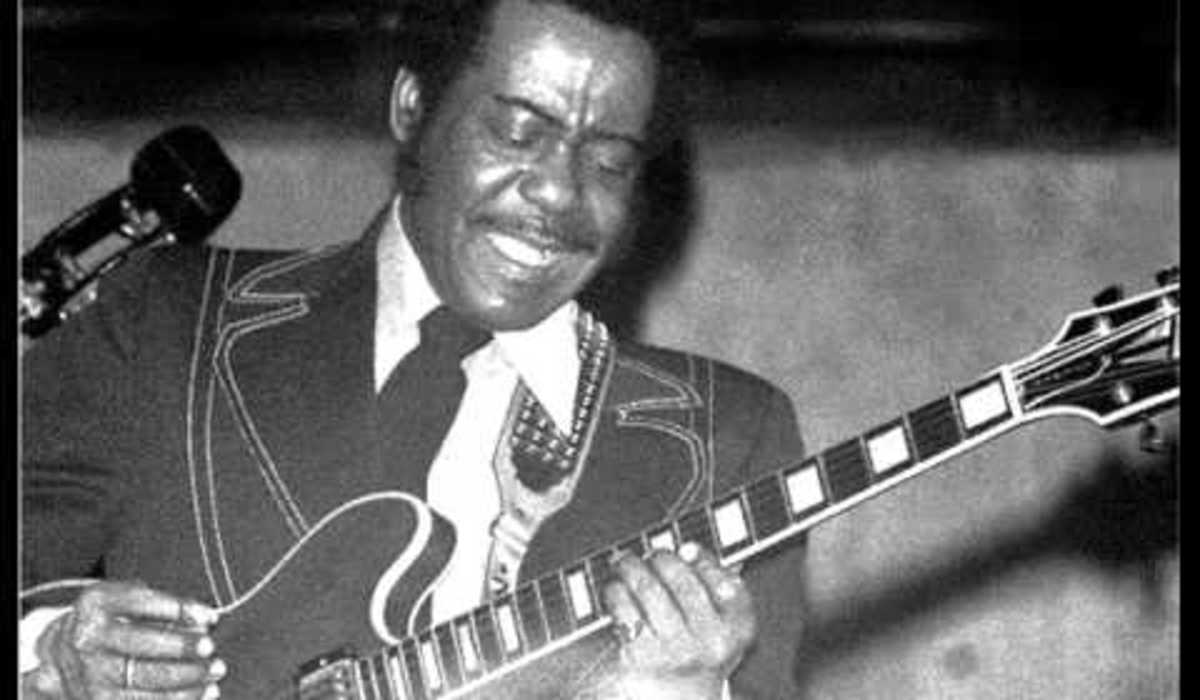Eddie Taylor – A Complete Biography
Introduction
Eddie Taylor (1923–1985) was one of the quiet architects of postwar Chicago blues. A Benoit, Mississippi native who became a first-call guitarist after moving north, Taylor supplied the rock-steady rhythm and elegant fills that underpinned Jimmy Reed’s famous “laconic shuffle” and helped define an era. Though often a sideman, he also cut a handful of classic singles and later albums that showcased his supple touch and Delta-bred feel.

Childhood
Edward “Eddie” Taylor was born on January 29, 1923, in Benoit, Mississippi. As a boy he absorbed the music of Delta greats such as Charley Patton, Son House, Big Joe Williams, and Robert Johnson, and learned his first guitar moves from a local player nicknamed “Popcorn.” He began performing around Leland and Clarksdale and—crucially—taught a neighborhood friend, Jimmy Reed, the basics of guitar.
Youth
In the 1940s Taylor left the Delta, stopping in Memphis before settling in Chicago in the late 1940s. There he reconnected with Reed and fell in with the city’s burgeoning electric-blues scene, working clubs and sessions alongside figures like Snooky Pryor and Floyd Jones. His feel—deeply rooted in country blues but precise enough for modern amplification—made him an in-demand accompanist.
Adulthood
From Reed’s second Vee-Jay session onward in the early 1950s, Taylor became essential to Reed’s records, the glue that kept those hypnotic grooves together. He played on many of Reed’s best-known sides and, during the same period, recorded his own Vee-Jay singles. Taylor also appeared on sessions and bandstands with John Lee Hooker, Elmore James and the Broomdusters, Carey Bell, Sunnyland Slim, and others, touring internationally by the late 1960s.
Taylor’s own singles began with “Bad Boy” (Vee-Jay 149, issued July/August 1955), followed by the two-sider “Ride ’Em on Down” / “Big Town Playboy” (Vee-Jay 185, recorded December 5, 1955; released spring 1956), and “You’ll Always Have a Home” / “Don’t Knock at My Door” (1956). Later, he issued full-length albums including I Feel So Bad (Advent, 1972), Ready for Eddie (Big Bear, 1975), a live set from Japan often issued as Bad Boy a Long Way from Chicago (P-Vine, 1978), and My Heart Is Bleeding (L+R, 1980).
Major Compositions (and Signature Originals)
Although revered as a consummate accompanist, Taylor also wrote sturdy, oft-covered songs that crystallize his style:
- “Bad Boy.” His signature original, released on Vee-Jay in 1955; widely covered and a calling card for Taylor’s sly vocals and firm shuffle.
- “Big Town Playboy.” Cut at the same 1955 session and issued in 1956; another staple that showcases his lyric swagger and interlocking rhythm work.
- “You’ll Always Have a Home.” A 1956 Vee-Jay single, pairing his warm vocal delivery with subtly propulsive guitar.
- “Don’t Knock at My Door.” Companion side to “You’ll Always Have a Home,” part of the same productive mid-’50s run.
- “E.T. Blues.” An instrumental theme associated with Taylor, credited to him on later discographies and anthologies.
(Note: “Ride ’Em on Down,” which Taylor recorded to great effect, is generally credited to earlier Delta composers and is best considered a signature performance rather than a Taylor composition.)
Death
Taylor remained active into the 1980s. He died in Chicago on December 25, 1985, aged 62, and was laid to rest at Restvale Cemetery in Alsip, Illinois. Two years later, in 1987, he was posthumously inducted into the Blues Hall of Fame, a recognition of the depth of his contributions to Chicago blues.
Conclusion
Eddie Taylor’s legacy runs along two entwined strands: as the rhythmic backbone of Jimmy Reed’s defining sides and as a songwriter-bandleader with a small but potent body of work. His clean, unhurried time; thumb-driven bass patterns; and conversational fills helped codify the modern electric shuffle, while originals like “Bad Boy” and “Big Town Playboy” show a songwriter with character to spare. That double impact—craftsman and creator—explains why musicians and historians consistently place him among the essential figures of Chicago blues.

Comments are closed